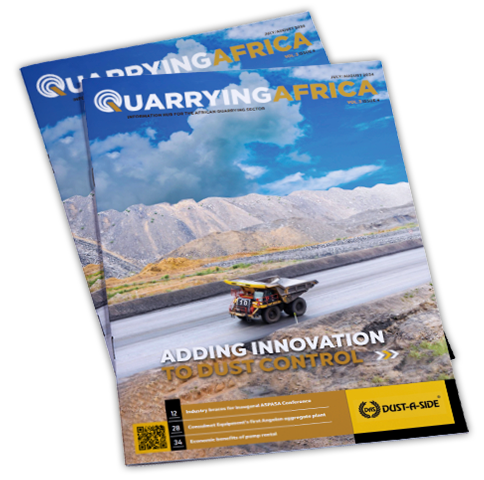The history of Cape Lime, now a subsidiary of Afrimat since the 2016 acquisition, dates back as far as 1943 when the first vertical shaft kiln was commissioned by Cape Lime Company Ltd on the farm Langvlei near Robertson in Cape Town.
The operation’s main business is producing bagged hydrated lime through a calcining, hydrating and milling process. Aggregates and agricultural lime add further value to the business as the run-of-mine fragmentation results in a finer yield of product, enabling the Afrimat commercial team to have a diversified product split and customer base.
To provide context, lime is used across industries for various purposes such as to neutralise and cleanse drinking water and in sugar production. It also serves as a calcium supplement in vitamins and some foods. In road construction, lime is used in asphalt, below the asphalt and during construction. Buildings are also constructed using at least one type of lime product, while it is also deployed to produce paper. In addition, it is used for food security (agricultural lime).
The operation also supplies crusher run to civil contracts within its vicinity, which are few and far between. The last project the Langvlei team supplied was in 2021 when a contractor built the Ashton bridge and rehabilitated the R60 between Ashton and Montagu. The operation also supplies local readymix companies, brick and block manufacturers, as well as local hardware stores with aggregates.
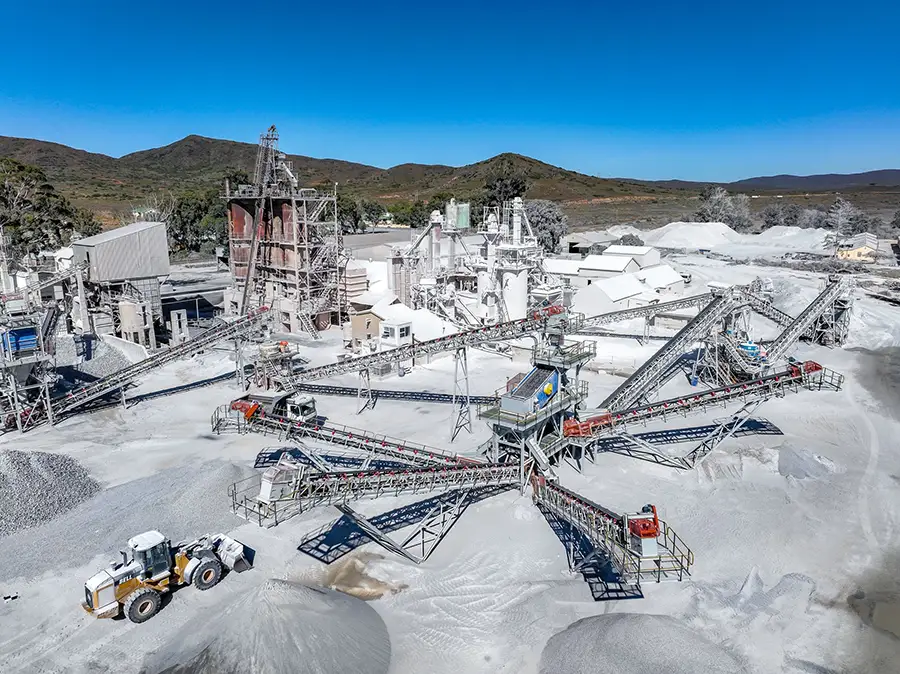
Plant upgrades
The Langvlei operation has produced high-quality pressure-hydrated dolomitic lime since 1943, and much of the original infrastructure has remained intact. A few upgrades took place in the early days when Cape Lime managed the business (after a management buyout from Trans Hex), including improvements to the hydrator and the milling section.
When Afrimat took over in 2016, the management team realised that the structural integrity of the primary processing plant was problematic, and an audit by external engineers highlighted and confirmed these concerns. The first round of safety improvements was rolled out, including upgrades and improvements to catwalks, walkways, platforms and some structures and chutes. This was always going to be an interim solution that would require the team to still investigate a long-term, sustainable solution.
Due to its old age, the primary plant could not be economically upgraded to meet the growing demand and the broadening range of materials. The management team at Afrimat therefore decided that the best remedy to the situation was to build an entirely new primary plant. Stephan Becker, Manager at Cape Lime Langvlei, championed the project, with support from Afrimat’s Engineering Department and project lead, Robert Hurn.
“There were effectively two phases to the primary plant upgrade at Langvlei,” explains Andrew Wray, MD Afrimat Industrial Minerals. “Phase 1 entailed the construction of a dedicated Aglime plant to meet the growing need for agricultural lime in the Western Cape; and Phase 2 was for the construction of an entirely new primary plant which feeds both the kilns on site with run-of-kiln feed, and the aglime plant with feedstock. We also geared the primary plant to produce a range of aggregate sizes, including G-materials.”
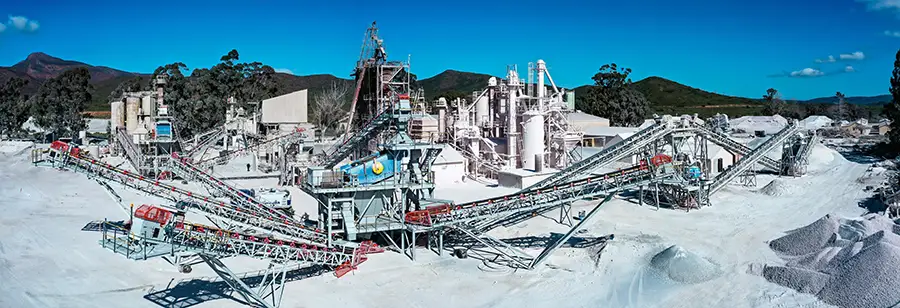
Phase 1
Phase 1 of the project, explains Becker, was planned, designed, manufactured and erected in two months and commissioned for production by the end of April 2022, just in time for the AgLime season. This phase comprised the installation of four conveyors of different sizes (designed by Afrimat engineering), a Techroq vertical shaft impact (VSI) crusher and a Union High Frequency screen with Afrimat-engineered bins and transfer points.
The old AgLime plant produced at approximately 10 tonnes per hour (tph), while the upgraded Phase 1 AgLime plant can now produce at approximately 30 tph, representing a 200% increase in production capacity, confirms Becker.
“We took a different approach on the building process and actually built the plant from the backend to the front. This allowed us to still produce with the old plant to ensure that we met aggregate demand,” says Becker.
Phase 2
Upon completion of Phase 1, the engineering team began the construction of Phase 2, the primary crushing and screening plant. This part of the plant was designed to tie into the old layout that made use of the existing jaw crusher (Osborn 25×36), a cone crusher (Osborn 36-7s) and the original T7 Oremaster VSI.
The scope also entailed newly built conveyors, bins, screen structures, transfer points, as well as refurbishing a 6 x 16 double-deck screen for primary screening and refurbishing a 5 x 12 triple-deck screen for secondary screening. The team also built a new motor control centre (MCC) substation and central control room (CCR) and located them approximately in the centre of the layout so that the operator has prereferral views of the process.
All in all, the plant consists of 10 newly built conveyors of various sizes (Afrimat engineering design), a 6 x 16 double-deck primary screen and a 5 x 12 triple-deck secondary screen. The screens were salvaged from two different Afrimat yards. The double-deck screen came from the Langvlei operation’s salvage yard, while the triple-deck screen was salvaged from the Glen Douglas yard in Gauteng. Both the screens were refurbished by a service provider in Blackheath, Cape Town. “Part of the project’s cost-saving initiatives was to repurpose available machines within Afrimat,” explains Becker.
All chutes, transfer points, screen structures and product bins were also designed by Afrimat engineering. One of the major talking points is the innovative chute designs that enable the production team to manually dictate what products can be produced, how much gets produced, and how much of the product stream can be sent to the agricultural lime plant for further processing to achieve the stringent specification: 100% passing 1,7 mm and 50% passing 250 microns.
“We can say, with confidence, that we achieved 90% of what we set out to achieve and it was done within 125 days from start to completion,” says Becker.
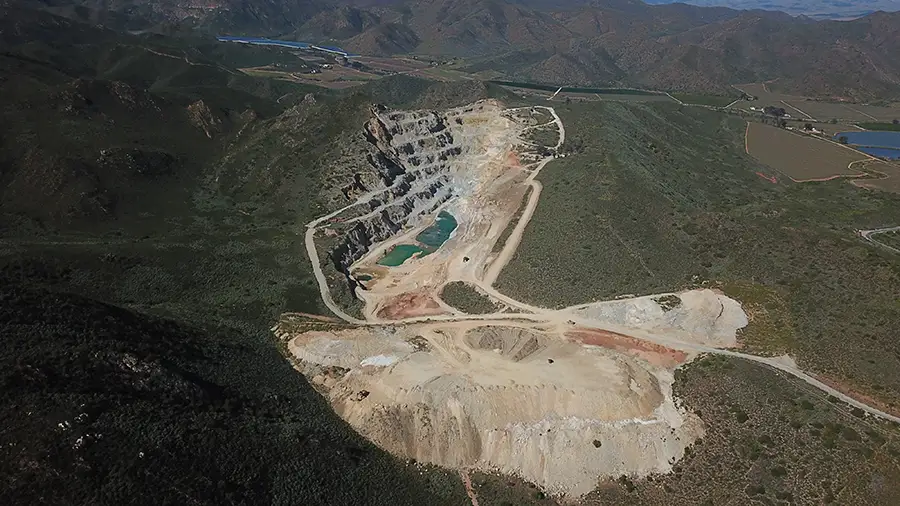
Improvements abound
Following the two-phase plant upgrade, kiln feed availability has increased, and the operation does not need to run a double shift anymore to ensure stock availability for the kilns. Kiln feed sizing has also been improved significantly, ensuring an optimised calcining process, thus improving oxide quality and ensuring less wear and tear on refractory linings, as well as reducing consumption of burning fuel.
“Some of the key benefits of the upgrade include improved aggregate product quality (shape and size); production flexibility (which improves production to sales yields); improved production capacity of agricultural lime; enhanced safety; as well as improved key performance indicators such as overall plant performance, plant availability, plant utilisation and planned maintenance percentages,” explains Becker. In addition, the upgrades have ensured better employee morale and reduced production costs.
Overcoming challenges
Executing both phases was not without challenges. Time constraints and the Western Cape winter weather presented a fair share of contests. This was exacerbated by logistical challenges to transport the components. To provide context, all structures, bins, transfer chutes were manufactured in Gauteng, and had to be transported to Robertson, Western Cape.
The project team also encountered some challenges with regards to electrical reticulation as they did not know where old cables were running underground. As a result, there were some damages incurred during the trenching stage to fit new plant cables.
“The Afrimat project team and project manager are very competent, making a project like this, where second hand equipment is repurposed and erected with new structures, a pleasure to be part of. Proper planning, project scope drafting, communications between the project team, client and suppliers were well managed, ensuring a successful result,” concludes Becker.
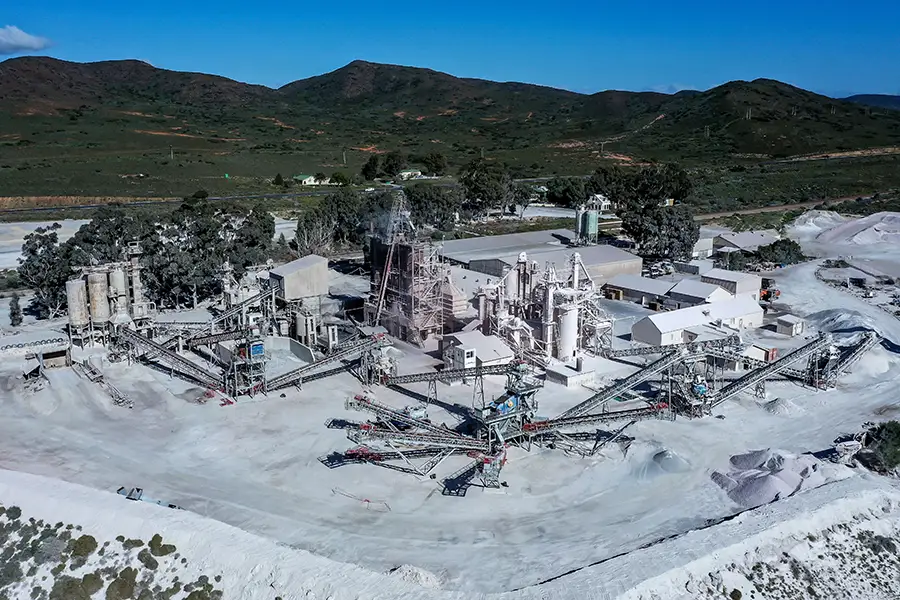
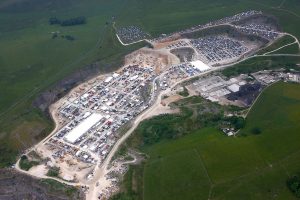
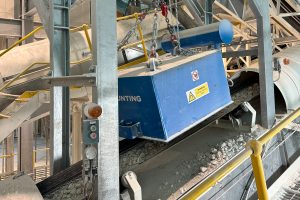


![Data from the World Risk Poll shows that one in five (21%) people in mining and quarrying occupations have experienced harm at work in the past two years. [Photo by Shane McLendon on Unsplash]](https://quarryingafrica.com/wp-content/uploads/2024/10/shane-mclendon-89hUOLtVfoI-unsplash-300x225.jpg)
